What I've learned over the years about operating portable:
Here are some photos from various portable operations that might give you ideas for your next outing:
Operating from the little gazebo beside Lake Victoria in DeLand, Florida 08-03-11. Some of the Daytona Beach Amateur Radio Association
Early 30 meter QRP rig, LectroKit, operating with the Daytona Operating with the Daytona Beach Amateur Radio Association, Daytona Beach Florida 01-05-11. Yaesu FT-817 operating portable in Colby Park, Cassadaga FL. Hendricks PFR3 operating portable in Reed Canal Park, Daytona Beach FL. FT-817 portable for Flight of the Bumblebees - 2008 in PA: Full SWL Rockmite 40 station operating portable. Operating Location in Cassadaga, FL Portable at Brady's Bend summit with PFR3. Note PVC antenna mast in background. KX1 operating portable at Lake Victoria, DeLand, FL PFR3 Portable in Cook Forest PA at 1600'ASL: PFR3 Go Kit (pictured QSL card is from my previous call sign) As an upgrade primarily for wider band coverage, a KX-3 was assembled (one can hardly say 'built') and put into service for portable ops while in Florida. With the built-in wide-range antenna tuner, the KX-3 tunes and operates 80-10 meters on several portable antennas but seems to work best with a 31' vertical sprouting from a HB 9:1 Unun at the base of a 31' Jackite Pole stuck in the FL sand (what passes for soil or dirt in FL). The shield of the coax leading from the radio to the Unun serves as the counterpoise for this convenient, quickly deployed antenna. Take note of the fishing reel attached to the Jackite Pole ground mount. The 31' radiator winds and unwinds quickly and easily from the reel without tangles. Photos on this page show the battery evolution over the years from heavy motorcycle batteries, to the ill-fated latern battery period, through AA batteries for QRPp operating and finally to the long-lasting R/C Models LiPO battery shown in the previous photos above with the KX3.
Amateur Radio: K3RLL
Portable Operations
Due to antenna restrictions here in Florida, most of my operating is done from one local park or another.
 Pack lighter. You'll see a metamorphosis in the following photos as my portable gear diminishes in size and weight.
Pack lighter. You'll see a metamorphosis in the following photos as my portable gear diminishes in size and weight.
 The Antenna is the most important component, but you knew that. "The bigger, the better".
The Antenna is the most important component, but you knew that. "The bigger, the better".
 Wire antennas beat smaller, commercial aluminum antennas -- and cost much, much less.
Wire antennas beat smaller, commercial aluminum antennas -- and cost much, much less.
 Motorcycle batteries are lighter than tractor or wheelchair batteries, but ...
Motorcycle batteries are lighter than tractor or wheelchair batteries, but ...
 6 or 8 AA batteries are MUCH lighter than a motorcycle battery or even a 7Ah GEL cell.
6 or 8 AA batteries are MUCH lighter than a motorcycle battery or even a 7Ah GEL cell.
 Consider LiPO R/C Model Airplane batteries for their very light weight and high current delivery over extended operating times. (See more on LiPOs below.)
Consider LiPO R/C Model Airplane batteries for their very light weight and high current delivery over extended operating times. (See more on LiPOs below.)
 Field test your "go pack" at home more than once before heading out to the field with it.
Field test your "go pack" at home more than once before heading out to the field with it.
Note antenna poles facing the lake. "Water is a great amplifier." - W3FF
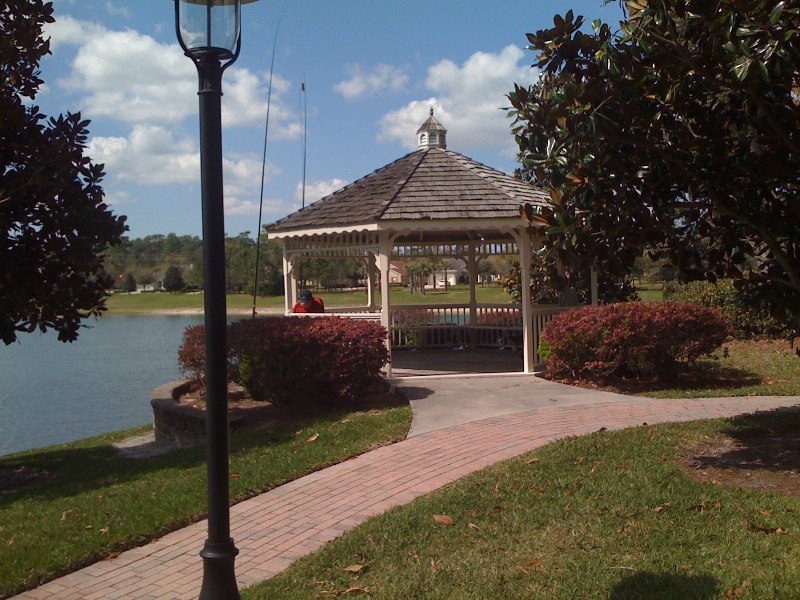
crew convened for a portable op in Ormond Beach.
WA4MJ, AB8GU, N2WB, KG4LAL, AJ4BN, NU4C & K3RLL in the foreground.
Military surplus ammunition cases are waterproof and very sturdy -- but VERY heavy.
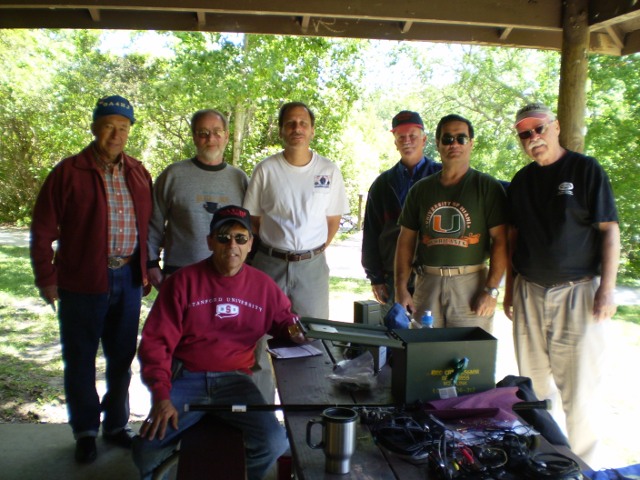
Beach Amateur Radio Association, Daytona Beach Florida in 2007
Please note heavy motorcycle battery for power. I've since moved to GEL cells and LiPo cells."
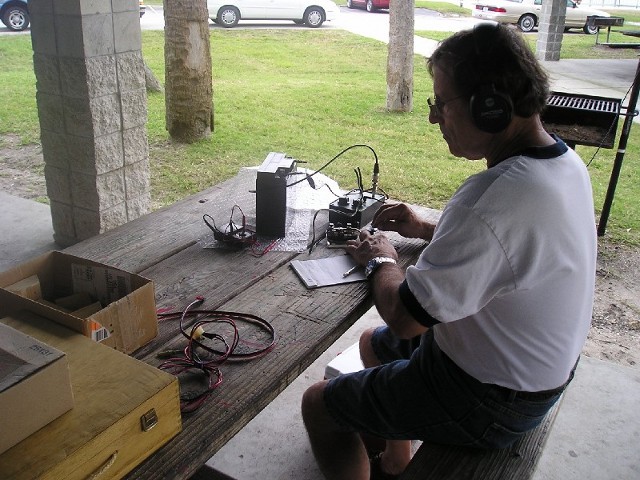
The Bencher paddle is very nice, but heavy for portable use and subject to maladjustment in transit.
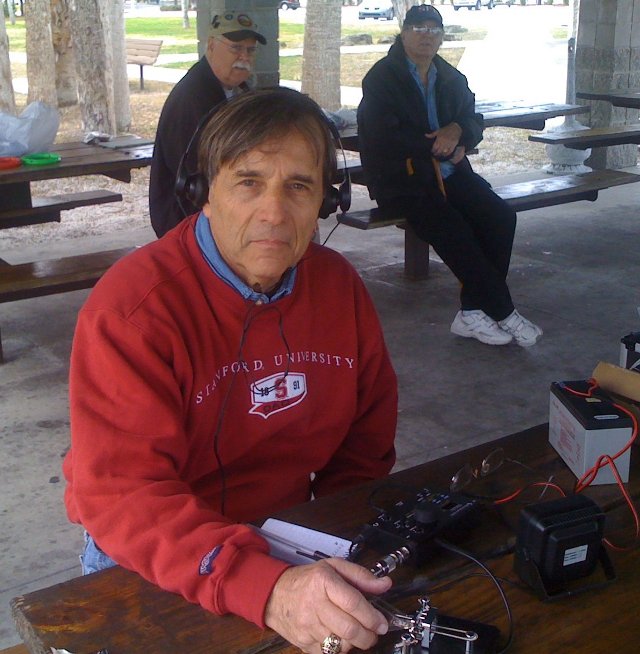
Note size of carry case. I have since learned to scale down for portable operating.
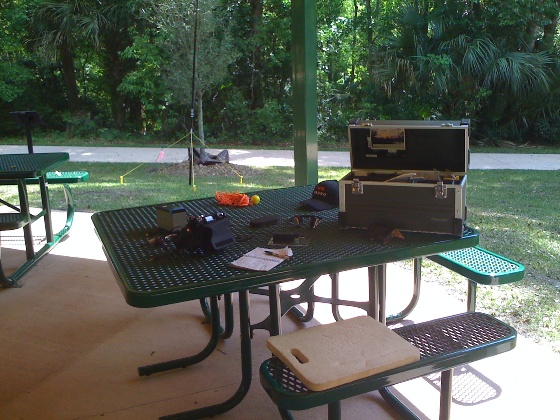
This transceiver uses internal AA batteries. Less weight and one less thing to carry.
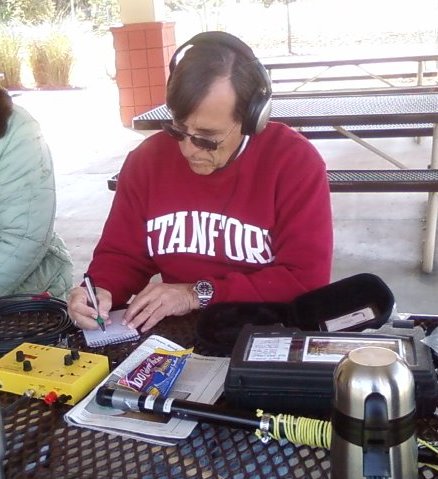
The '817 uses internal batteries but the two latern batteries make a reasonable emergency power supply.
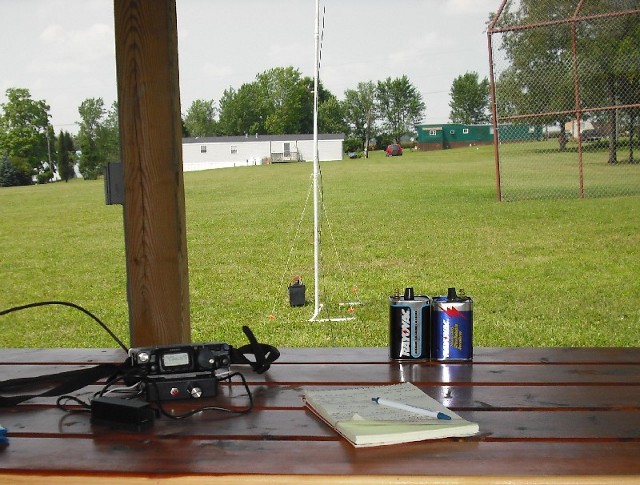
Note AZscQRPion mini keyer paddle and "power supply".
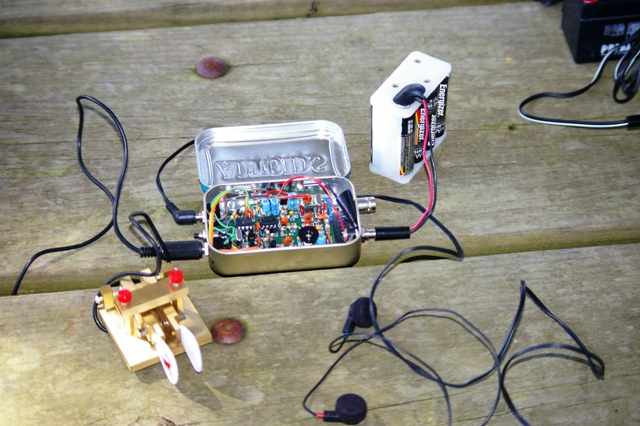
With antenna standing on marshy area near lake, good DX has been worked from this location.
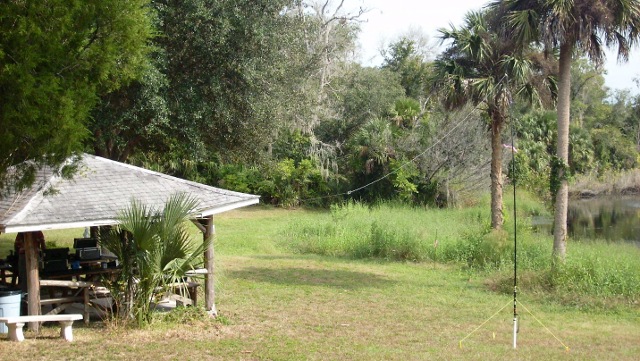
It's hard to beat working from one of the highest points of elevation in the area.
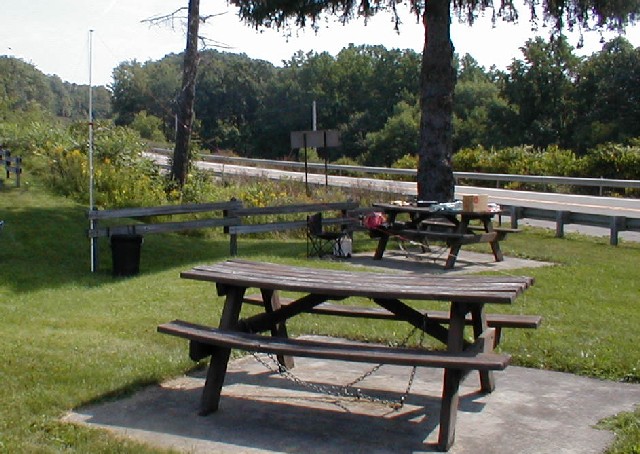
Once again, trying to use the magic of water for antenna efficiency.

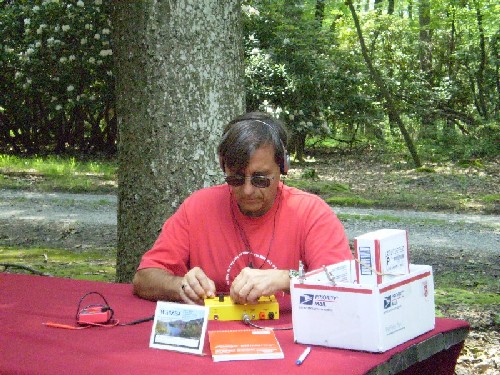
The PFR3 complete station is carried and protected in a $5 pistol case:
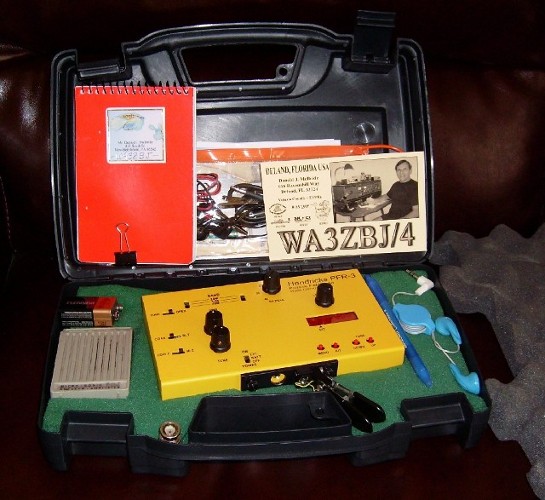
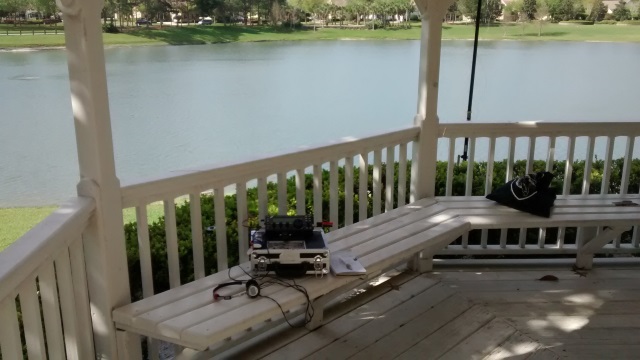
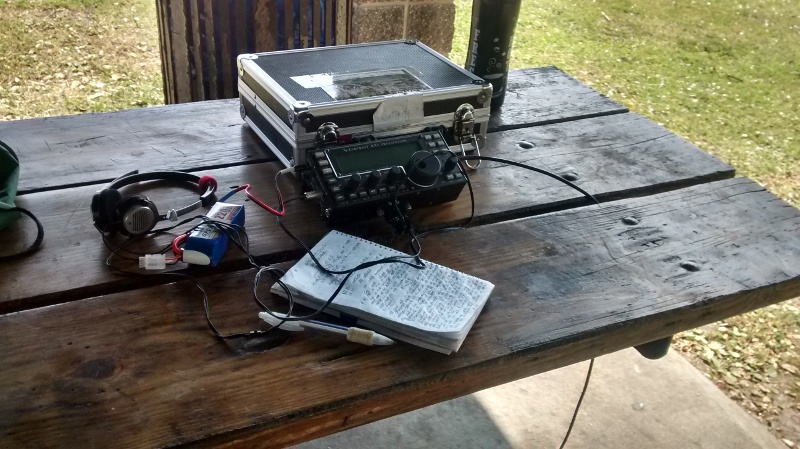
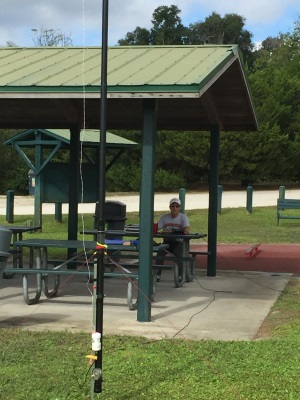
 BATTERY TECHNOLOGY
BATTERY TECHNOLOGY
Available from hobby supply shops online or in town, these high current, long-lasting, light weight batteries offer extended operating time in a very small package. They require a special LiPO battery charger and some caution with charging and storage is appropriate. Perhaps you've seen the News coverage of LiPO batteries igniting in hoverboards and cell phones? (And we place the latter next to our head!)
Purchase recommendations include seeking a "C" discharge level as well as sufficient current capability for the portable radio to be used. A 30C 1800 mAh LiPO has proven sufficient for 2-3 portable outings with the KX1 or KX3 between charges. A tiny 600 mAh LiPO powers this operator's Altoids "Mountaintopper" rig for 2-3 hours.

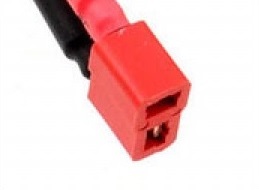
Also consider connectivity. One battery connector available is the popular high current, low loss "T" connector. Rather than cut and splice something else, just fabricating a patch cable with a male "T" connector on one end and the appropriate plug for one's radio on the other has worked well and can be quickly switched to spare or replacement LiPO batteries in the field.